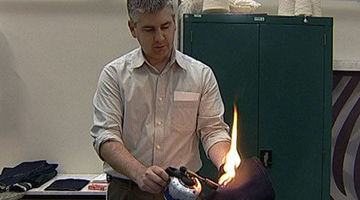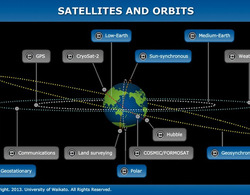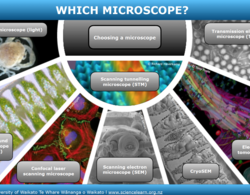

In this activity, students learn about the surface tension of water by experimenting with bubbles. By the end of this activity, students should be able to: demonstrate the effect of soap on ...
READ MORE

In this activity, students compare the rate of degradation of disposable plates using three different disposal methods. Purpose To experiment with a range of disposable plates made from different ...
READ MORE

Join Karen Parker from Tahuna Normal Intermediate School and Greta Dromgool from the Science Learning Hub in a session which will introduce you to Vision 20/20, an exciting Participatory Science ...
READ MORE

When well managed, class discussion can help students examine, evaluate and share knowledge about a subject, providing opportunities for students to think critically and creatively, consider ...
READ MORE

In this unit, students will consider the performance properties of new stab and flame-resistant fabric and design protective wear for new market opportunities. Purpose To investigate the ...
READ MORE
This is an edited recording of the webinar Vision 20/20.
READ MORE
Dr Allan McInnes and Dr Adrian McDonald, from the University of Canterbury, explain how gravity and projectile motion keep natural and artificial satellites in an orbital path.
READ MORE
Dr Stefano Pampanin from the University of Canterbury believes seismic engineering relies on the merging of knowledge from many scientific areas, using an interdisciplinary approach and combining ...
READ MORE

This slideshow, from the webinar Vision 20/20, provides additional support for the webinar video. Use the Slideshow menu for further options, including view full screen, and go here for the ...
READ MORE

The size, orbit and design of a satellite depend on its purpose. In this interactive, scientists discuss the functions of various satellites and orbits. Accompanying fact files provide ...
READ MORE

Explore the features of different microscopes and learn how scientists choose which ones to use in their research.
READ MORE